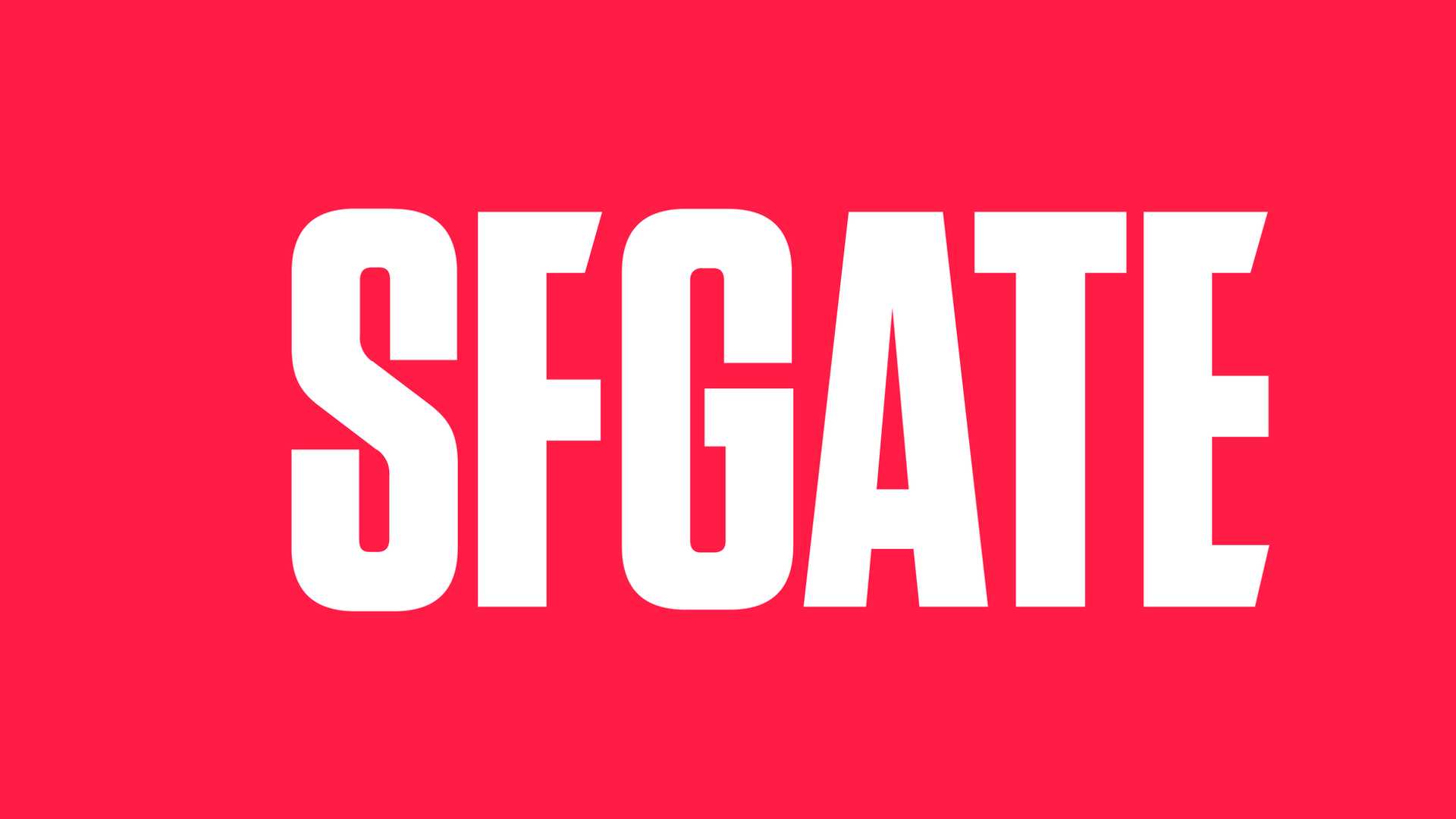Shelf Life: How Libraries Can Tackle Chatgpt
As the internet and technology continue to evolve, the accuracy of information is becoming harder to identify and trust. It's important to know who to turn to when trying to verify information, and librarians are here to help.
As an experienced librarian, I know that helping people find, verify, and use information accurately is a primary duty of my profession. We help people find the most relevant sources, verify that sources are trustworthy, and use the information correctly by citing sources and using correct quotes.
One challenge that librarians face is the increasing amounts of information generated by artificial intelligence (AI). While AI can create fake citations, librarians have the skills to verify sources of information and can teach others to do the same.
At the San Jose State University (SJSU) Library, we recently had a student contact us about finding a research article. They had found the "citation" on ChatGPT and were using it to write a term paper. While apps like Scite Assistant can help with citing credible sources, ChatGPT offers librarians the opportunity to teach information and digital literacy skills more thoroughly.
Librarians can teach critical thinking skills that enable people to differentiate between an original artwork and an AI-generated work that resembles the artist's style. We can help patrons verify information by teaching them to look at details such as platform, metadata, and publication information.
The spread of misinformation and disinformation is a major concern, and librarians are stepping up to help combat it. Libraries have created resources and organized programs on recognizing fake news. In February 2017, the Office of Public Programs of The American Library Association hosted a program called "Post-Truth: Fake News and a New Era of Information Literacy" on how librarians can teach students and community members to verify the credibility of information.
Librarians at SJSU co-created a guide on Fake News for visitors to understand how to verify information and check their own claims. SJSU shared Sources Unknown: Fake News on the need to investigate websites, their headlines, authors, date of publication, and sources used.
It's important to differentiate between misinformation and disinformation. Misinformation is false or fake news or incorrect information shared without the intent to deceive. Disinformation is also incorrect information, but it's shared with the specific intention to deceive and mislead.
Deep fakes are images and videos created by AI that can generate persuasive false narratives and pose them as authentic. The spread of misinformation and disinformation will only increase as people have access to these generative technologies.
To combat misinformation, it's essential to check sources from multiple newspapers and reliable websites that end with .org, .gov, or .edu to verify the information. If you're unsure how to determine their credibility, ask a librarian in your local library or use their online chat service.
Misinformation can cause great harm. As an example, a photo of former President Donald Trump's fictional arrest received 79,000 likes on Instagram, even though there was a disclaimer that the photo was generated by AI. People share and reshare photos without paying attention to the actual context. By consulting a librarian before sharing, the tide of misinformation can slow down.
Librarians have the skills and knowledge to help people tackle the challenges posed by AI-generated information. Reach out to your local librarian to develop your own digital literacy skills and help stop the spread of misinformation.




















